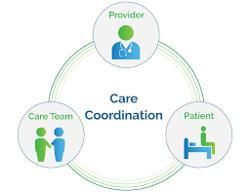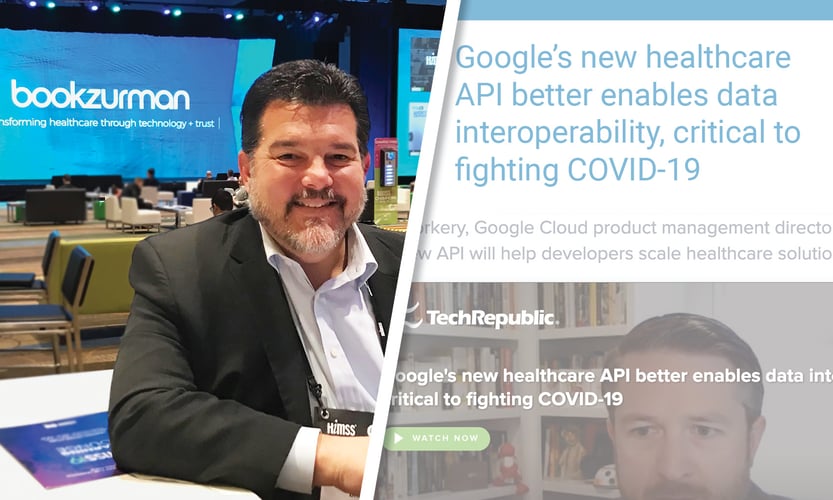We’ll never get anywhere going nowhere


As we're past the halfway point of 2019, how are your New Year’s resolutions coming along? Have you begun implementing FHIR® 4 in your healthcare IT ecosystem? Still waiting for that mythical “perfect time”?
Why wait?
What if we all waited until the “perfect time” – relationship stability, fiscal security, energy, unlimited time to spend with them – to have children? Especially knowing that circumstances can – and often do, sometimes in meaningful ways – change from day to day? Odds are there would be very few people having offspring.
Instead, we generally look for optimal times: We may not have a lot of money or free time but running after toddlers may be one of the few things not lost on youth. Optimal and perfect aren’t the same. Perfect is impossible. Optimal, in the real world, means you’ve prepared for an endeavor and also are as prepared as can be for the inevitable hiccups that will happen.
Kids are way more complicated than 1s and 0s (just ask a teenager’s parent) and yet much of the healthcare IT community seemingly continues to wait for the perfect – not optimal but perfect – time to embrace Health Level 7’s (HL7) Fast Healthcare Interoperability Resources (FHIR®) tool. There’s not a little irony in the fact that there has been so much foot-dragging over something that starts with “fast!”
Taking action to meet your goals
Let’s get this out there: No less an authority than Grahame Grieve, generally regarded as the “father of FHIR,” will say that FHIR is not a magic bullet. It is a tool designed to help bring different electronic platforms together … something of a zipper: There are right ways and wrong ways to use it but, when implemented properly, can pull together different systems in an orderly fashion.
In fact, the rollout of FHIR 4 has presented the healthcare IT community something of a put-up-or-shut-up moment: This version promises to be backward-compatible for the elements that currently are normative. There’s no longer a good reason not to engage FHIR.
We would be glad to discuss with you the most effective ways to use this exciting tool and others to further your interoperability and care-coordination goals. And best of luck with those resolutions!



